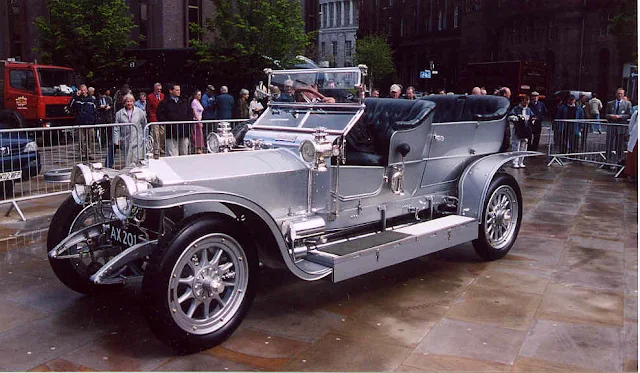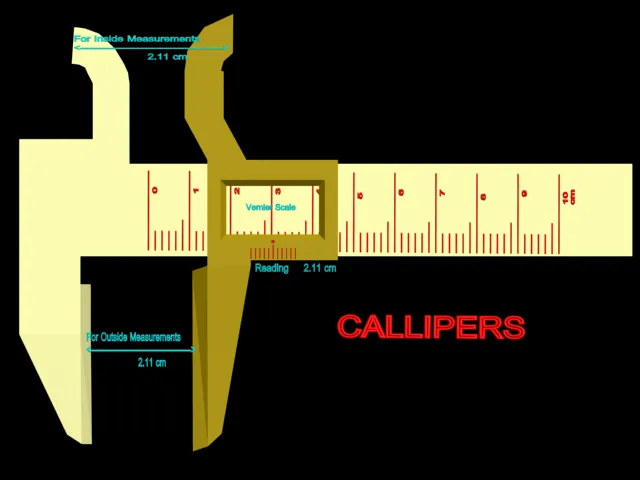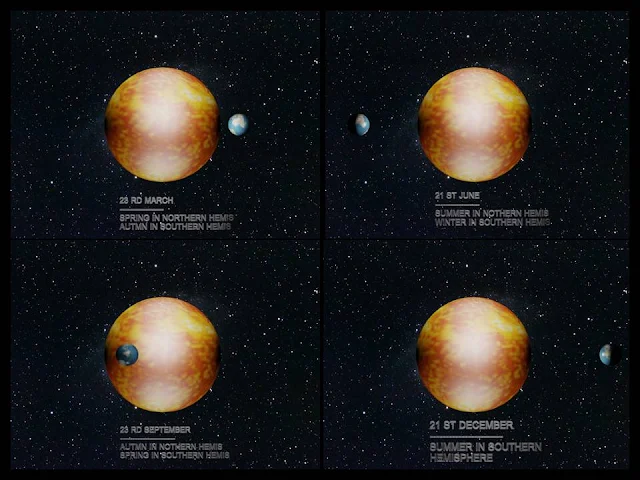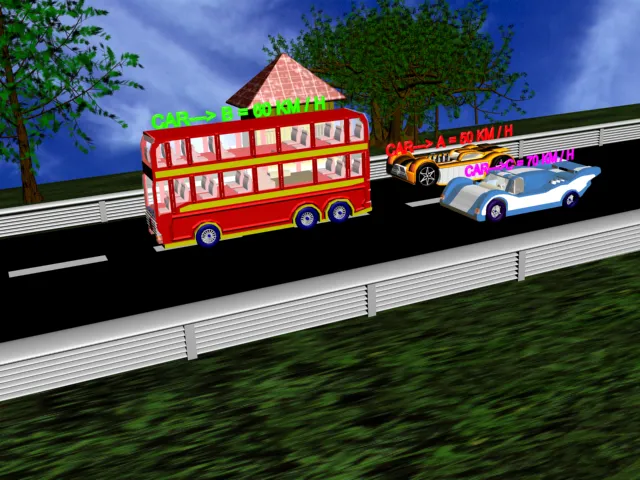ENGINES FOR
TRANSPORT:
 |
| Engine Page in my Physics-World Software |
It is
almost impossible to imagine now how difficult it used to be to move about the
country . Before the railways were developed in the 19th century , land
transport depended entirely on the horse. Seas were crossed by sailing ships.
The need for the horse and the sail were abolished by the invention of an
efficient steam engine by James Watt.
INVENTION
OF THE STEAM ENGINE:
 |
| James Watt |
Watt was
born in 1736, in Greenock, Scotland . At 17 years, he learnt to make mathematical
instruments and had a job as mathematical instrument maker to glasgow
University. One of the job they asked him to do was to repair a model of
Newcomen`s steam engine. This rather inefficient engine was used to pump water
out of the mines.
 |
| Watt`s Steam Engine |
Watt
improved on Newcomen`s design and then he completly alter it . His new engine
only a third of the fuel that Newcomen`s engine required. Watt also made his
engine capable of rotary movement, using a crank and gear wheels. By 1782 his
engine was working up to 40 machines in a factory. This was the beginning of
the industrial revolution when workers began to be replaced by machines.
The
earliest steam engines were stationary. The first attempt to use them for
transport was in 1786, when the American John Fitch built a steamship . By 1850
propeller driven steamships were regularly crossing the Atlantic.
The first successful steam train was built by George Stephenson in 1814. This began the era of land travel by railway.
 |
| Steam Engine |
The first successful steam train was built by George Stephenson in 1814. This began the era of land travel by railway.
INTERNAL
COMBUSTION ENGINE:
The steam
engine has a great disadvantage that it is neccessory to carry coal or wood
around to make the fire. The search began for a lighter fuel and an engine in
which to burn it. The result was the internal combustion engine. A gas version
of this was made by the French-man Etienne Lenoir in 1860. The modern engine we
use in our cars is based on the four-stroke engine , built by Nikolaus Otto in
1876. The cycle of strokes on which it works is called the Otto cycle.Modern
car engines have 4, 6 or 8 cylinders. The more cylinders they have, the more
smoothly the engines runs.
 |
| Modern Car Engine |
The first
practical petrol cars were built in Germany in 1885 by Gottleib Daimler and
Carl Benz. In 1892 the German engineer Rudolf Diesel built an engine using oil
as the fuel. This engine does not need sparking plugs.Instead, the explosion
takes place when the oil is sprayed into the cylinder which contains highly
compressed air, Diesel engines are used in buses, taxis, lorries, and some
trains and boats.
Small
petrol and Diesel engines are often two-stroke engines. In this type of
internal-combustion engine there are no valves. The piston uncovers parts or
holes in the cylinder wall as it moves up and down. Some motor cycles,cars,and
lawn-mowers have two-strokes engines. You can recognize them by the
"pop-pop" noise they make at each stroke.
OTTO-CYCLE:
 |
| Four Stroke Engine |
The
Otto-cycle On the first stroke the piston goes down and the inlet valve opens.
Air and petrol vapour is sucked into the cylinder . On the second stroke piston
rises compressing the mixture . The sparking plug fires and the mixture
explodes.This pushes the piston down for the third strokes. On the fourth , the
upward stroke, the exhaust valve open and the gases are pushed out . The cycle
is then repeated over and over again.
3D animation showing 4-Stroke-Engine
Watt`s
Steam engine: Steam from the boiler enters the cylinder through a valve and
pushes the piston down. At the bottom of the stroke another valve opens and
steam pushes the piston up .The up and down (resiprocating ) motion of the
piston is converted to round and round (rotary) motion by a system of cranks
and gears.
The
Diesel Locomotive is not as smooth as the electric train, but is
cheaper to run because an electrified rail or overhead wire is not required.
CARS:
 |
| Car Page in my Physics-World Software |
After
Newcomen had invented the steam engine in 1712, attempt were made to harness
this device to a cart in place of the horse. It was only with Watt`s improved
engine that this became possible. The first successful power-driven cart was
built in 1769 by Nicholas Cugnot. From then on , all over the world a great
variety of extraordinary steam-powered vehicles were produced.
 |
| Horse Carriage of Old Time |
HORSELESS
CARRIAGE:
The first
practical steam vehicles, called "horseless carriages", were built in
1820. Good road had been built by Telford and McAdam for horse-drawn vehicles.
The surfaces were ideal for steam carriages. The early vehicles resembled stahe
coaches and carried goods and passengers in the same way. They travelled at
about 30 mph. However in the 1865 Road Locomotives Act (called the Red Flag
act) . The Government restricted their speed to 4 mph.This act slowed down car
develoment in Britain very considerably.
 |
| Different Parts of Modern Car |
In the
19th century , the trend was to developed light vehicles, which were easy to
manoeuvre. One problem with a steam engine is that it requires a furnace of
some sort of to raise steam. This means carrying large quantity of heavy and
bulky coal. With the development of the oil industry , inflammable liquids such
as petrol became available. These made it possible to do away with external
combustion in engines. Internal-combustion engines were built , in which the
petrol vapours explodes inside the cylinder.
The first
successful gas engine was built by Etienne Lenoir in 1860. This inspired a
German, Nikolaus Otto, to build a four stroke internal-combustion engine in
1876.
The
world`s first practical petrol-driven cars were produced in 1885. In 1889
petrol cars were imported into into Britain and then speed limit was raised to
12 mph.
At the
beginning of the twentieth century steam engine cars were still being produced.
In 1906 the Stanley brothers in America
built the Stanley Rocket capable of travelling at 127 mph . However , steam
cars were clumsy and expensive to run
and gradually disappeared.
3D Animation Showing Different Internal Parts of Car.
PETROL-DRIVEN
CARS:
 |
| 3D Models of Different Cars |
Instead
people concentrated on improving petrol-driven cars .
In 1907 Sir Henry Royce produced his first famous Silver Ghost. Between 1907 and 1930 car bodies became stronger and more stream-lined. Front suspesion was added and syncromesh gears were invented . Shock absorbers, windscreen wipers, and indicator become standard equipment on every car . Major development since 1930 include the use of automatic gears and the invension of the Wankel engine.
 |
| In 1907 Sir Henry Royce produced his first famous Silver Ghost |
In 1907 Sir Henry Royce produced his first famous Silver Ghost. Between 1907 and 1930 car bodies became stronger and more stream-lined. Front suspesion was added and syncromesh gears were invented . Shock absorbers, windscreen wipers, and indicator become standard equipment on every car . Major development since 1930 include the use of automatic gears and the invension of the Wankel engine.
ELECTRIC
CARS:
The first
electric cars appeared in 1891, made possible by Gaston`s Plant`s invention
of a storage battery. Though popular,
they could only go short distances before the battery needed recharging. When
petrol cars became self-starting , electric cars went out of favour . They are
still used today for milk floats and other delivery vehicles. Interest in
electric cars has revived because they donot pollute the air. It is hoped that
new lighter types of batteries or fuel cells can be developed which will last
as long as a full tank of petrol.
 |
| The first true automobile being driven in Vienna in 1950 on the 75th anniversary of its invention by Siegfried Marcus. Marcus invented the internal-combustion engine in 1864, |
The
petrol-driven car was invented by Siegfried Marcus In 1874. Though
it could be driven under its own power it was heavy and clumsy .It was not a
commercial success.
 |
| The 1911 Ford Model T |
The 1911
Ford Model T was the most popular car made at the time. Between
1908 and 1927, fifteen million were sold.
WATER
TRANSPORT:
 |
| Water Transport page in my Physics -World Software |
The first
people to travel by water probably used log as simple boats. They sat astride
the log and used a piece of wood to paddle along. About 5000 years ago. The
Egyptians began to build proper boats. Their first boats were made from bundles
of reeds. Later they made stronger and bigger ships from short planks of wood.
They learnt to use a sail so that the wind couldpush their ships along. They fixed
a paddle near the black of the ship to steer it .In these ships, the ancient
Egyptians made long journeys.
A roman
gallery.These were among the earliest efficient sailing ships, and
could also be rowed by tiers of slaves. Ships like this one were the warships
of the roman Empire.
 |
| Different Water Vehicles |
Clipper
ships and steamships:
Over the
years, ship design was improved. More masts and sails were added
until the ships could move very fast .The fastest of all sailing ships was
called the clipper.It was long and narrow and had three tall masts, with up to
six sails on each mast. The cutty Sark, a famous clipper, sailed from Australia
to England in 69 days. The usual time was 100 days.
 |
| 3D Picture of Large Passenger Ship |
The
steamship was the next improvement in ship design.An
American John Fitch, used a steam engine to drive a ship in 1786, His ship ,
the Experiment, had oars that were driven by steam , Soon afterwards
Paddlesteamers were used . These had a paddle wheel , like the wheel of a water
mill, at the side or back of the ship.
 |
| 3D Picture of Large War Ship |
In 1894,
A British engineer built a new kind of steam ship engine.It was
called the steam turbine , steam turbines use less fuel and go faster than
paddlesteamers. The first steam turbine ship crossed the Atlantic in 1904. Soon
all large ships were using turbines as engines.
 |
| Different Water Transport Vehicles |
Steam
turbines are still used in some ships today. Another
type of engine often used is called the Diesel engine.The Diesel engine also
powers some land vehicles, such as lorries and buses.
 |
| Kawasaki_heavy_industries cylinder_Diesel_Ship_Engine |
THE
HOVERCRAFT AND THE HYDROFOIL:
Some of
the ships used today are quite different from the ships of 100 years ago. These
are the ships of 100 years ago. These are the hovercraft floats on a cushions of air which lifts it
above the water.The hovercraft is driven forward by large propellers that spin
in the air above the craft. Hovercraft can travel on both land and sea. The
hydrofoil has small wings on its underside .These lift the craft out of the
water when it is moving.
 |
| US marines hovercraft. |
Other
ships have push through the water and this slows them down.
Hovercrafts and hydrofoils can move more swiftly because they travel above the
water. They cannot travel over rough seas , and so are used for short journeys
in quite waters.
 |
| Hydrofoil |
Submarines:
Under the
sea , the ubmarine is used , The first submarine was built by David Bushnell in
1775.It was used during the American revolution when the Americans
tried to attach a mine to the hull of a British ship .It was moved along by
propeller-like screws that were turned by hand from within the submarine.
 |
| Submarine |
The most
modern submarines have small nuclear reactors which use plutonium or Uranium as
fuel. They boil water to turn turbines which drive the propeller.The
great advantage of a nuclear reactor is that it uses only a tiny quantity of
fuel to produce a lot of power.So nuclear submarines can travel completely
around the world without surfacing.
AIRCRAFT:
 |
| Aeroplane and Air Transport page in my Physics-World Software |
People
have always dreamt of being able to fly .Many
flying machines and devices have been tried .The first successful balloons were
launched by the Montgolfier brothers in 1782. They were filled withhot air,
which being lighter than the cooler surrounding air lifted the balloon off the
ground. In 1783 their balloon carried people through the air for the first
time, although the balloon was tethered to the ground. In 1785 Blanchard and
Jefries crossed the channel in a hydrogen filled balloon.Hydrogen is lighter
than air and so rises up through the air.
Gliders,
copying the principle of flight used by birds, were
tried at the end of the nineteenth century. The wings of a glider are shaped so
that as they pass through the air an upward force called the lift is created. A
wing with this shape is called an aerofoil.
Gliders
rely on the wind to give them the force or thrust to move forwards. The
invention of the internal combustion engine made powered flight possible.
 |
| The Wright brothers learnt to fly gliders and they used this experience to make aeroplanes powered by petrol engines |
The Wright
Brothers:
The
Wright brothers learnt to fly gliders and they used this experience to make
aeroplanes powered by petrol engines.Their first successful
flight took place on the 17th December 1903. The plane flew for 12 seconds
covering 40 metres at a height of about 3 metres. The plane had a wood and
canvas frame built round the engine.
 |
| At first flying was regarded as a dangerous sport. |
At first
flying was regarded as a dangerous sport. Plane
were built for enthusiasts. In the first World War. However , they were used
for dropping bombs. After the war it was realized how valuable they were.
Planes were soon improved, wood and canvas giving way to metal , particularly
aluminium. Instead of being open they had enclosed bodies, with seating for a
passenger as well as a pilot.
 |
| Aeroplane Engine |
In 1919
Alcock and Brown were the first to fly the Atlantic nonstop. In 1934 a DC2 was
used to carry passengers from England to Australia. In 1939 Pan American
provided the first transatlantic passenger device.
 |
| Air Transport Page |
The second
World War and after:
During
the second world war , planes were the most vital part of the flighting force. During
these six years , neccessity led the great advances in the development of
aircraft.The main advances were the use of monoplanes (single wing) in place of
biplanes ( double wing) and the development of the jet engine .By the end of
the war both sides were using jet fighters. After the war all these
developments were used to provide modern passenger aircraft.For example , The
Boeing 707 was a development of the B29. The aircraft used to drop the atom
bomb on Japan.
 |
| Small Aeroplane. |
In fixed
wing aircraft , lift is obtained from stationary wings. A
propeller or jet produces the forward thrust.These aircraft need long runways
and have high landing speed.
.jpg) |
| Big Passenger Aeroplane |
Supersonic
aircraft can fly faster than the speed of sound. Which
is about 760 mph(1200 km per hour) .Concorde can fly at twice the speed of
sound.
The first
manned flight of the Montgolfier hot-air balloon
took place on 21 November 1783.
The first
historic flight made by the Wright brothers on 17 December, 1903. They
made four more flights that day.























































 Online Movies
Online Movies